On the night of November 5, as it became clear that Donald Trump would be returning to the White House, his family got together in a room at Mar-a-Lago to take a family photo. Trump’s children, their spouses, and a gaggle of grandchildren surrounded him, all beaming as they celebrated the victory. But near the left side of the photo, between Eric Trump and his wife Lara, was none other than Elon Musk, cradling his son X.
At this point, Musk has surely paid enough for his spot in the Trump family. In the final months of the presidential campaign, Musk put his considerable personal clout and immense resources behind a second Trump presidency. He poured over $130 million — the final number will surely be higher — into political action committees to get Trump and his allies reelected, including the America PAC he started himself. Those funds were essential to bolstering the Trump campaign’s ground game in key states, paying people to go door to door and (controversially) financially incentivizing people not just to give up their personal information, but to get behind the candidate.
Musk was only able to become Trump’s most prominent and effective surrogate because of the decades of work that had been done before that to turn him into the unimaginably wealthy and powerful industrialist he is today, and the many warning signs that were ignored in the process. The wealthiest man in the world is now poised to have a key role in shaping the institutions that should be holding him to account, and that reality could have been curtailed if so many people hadn’t been so willing to build him up for so long.
The making of Musk
Since Musk’s acquisition of Twitter and subsequently remaking it as X, the media’s approach to him has considerably changed. There are still the articles that unquestioningly boost promises he makes in social media posts and interviews that he will clearly never follow through on, but his business actions and personal statements are interrogated in a way we rarely saw even a few years ago. Yet, unfortunately, that all came too late to curtail the power he’d already accumulated. He can tell advertisers to go fuck themselves, spread conspiracy theories about immigration, and bolster far-right governments around the world — but none of it seriously threatens his power and wealth.
Since his early days in Silicon Valley, Musk has been treated with kid gloves by a media that wanted to tell an appealing story about Silicon Valley and its founder class. The nerdy guys spending long hours in front of their computers weren’t like the greedy, power-hungry CEOs of old; they were birthing a new kind of capitalism that would be far more beneficial to the average person, or so we were told. Despite the iPhone relying on labor abuses in mines and Chinese factories, the gig economy ravaging labor rights, and tech companies choosing to flex their power in self-serving ways as soon as they had the chance, the narrative kept suggesting there was reason for everyone to give Silicon Valley the benefit of the doubt. But they never truly deserved it.
Looking at Musk, there were signs very early on of who he really was — but far too many journalists chose to look the other way. The stories of Musk’s terrible treatment of his employees go right back to Zip2 and (the original) X.com in the early 2000s. He’s long been fascinated by the story that Genghis Khan’s DNA is supposedly widely spread through humanity because of the children he sired on his conquests, and reportedly told a friend in 2005 he was interested in “populating the world with his offspring,” an early sign of his later pronatalist agenda. Back in 2010, his first wife Justine Musk even wrote about how controlling he was, recounting how he told her, “I am the alpha in this relationship,” as they danced at their wedding reception. She was expected to do as he said.
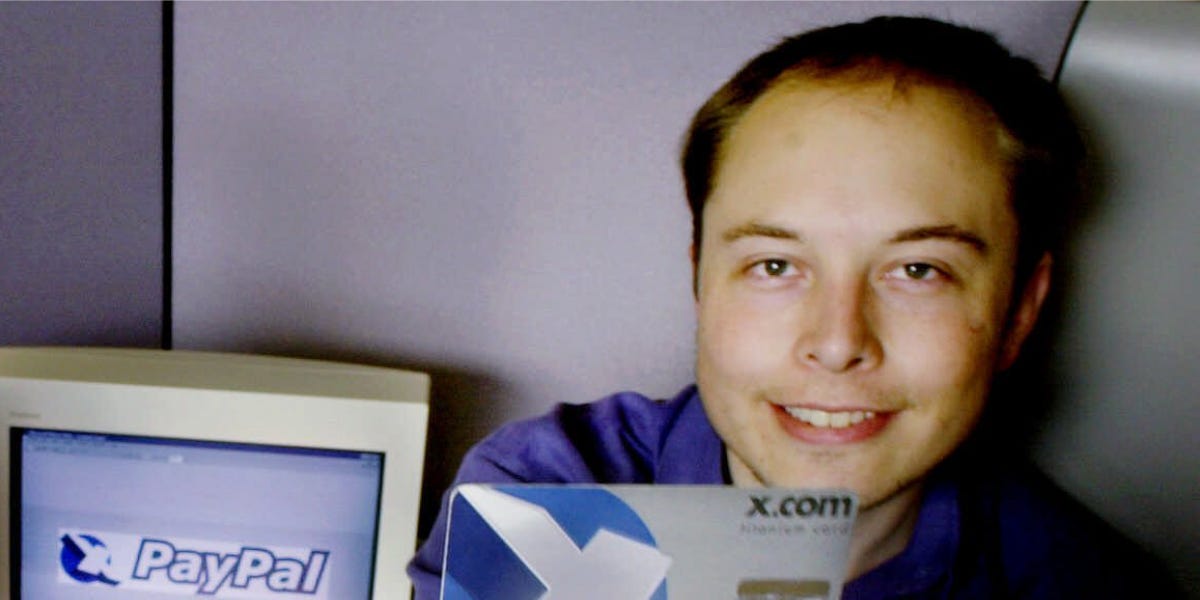
But none of that mattered to the narrative. In 2008, Marvel released a new Iron Man film starring Robert Downey Jr. with Musk as a supposed inspiration for the new take on the character. He had a cameo in the 2010 sequel, and through the that decade his star continued to rise with his companies being fueled by a mix of low interest rates, fraudulent promises, and the notion the he was single-handedly pulling humanity toward a better future.
Journalists fell over themselves to make that story seem like a reality, not letting his union busting at Tesla or lies about everything from battery-swapping stations to Autopilot’s capabilities get in the way. But so did neoliberal politicians, desperate to have some of the shine of Silicon Valley rub off on them and improve their electoral prospects. The US Department of Energy virtually saved Tesla after the financial crash — though don’t expect Musk to admit it — and Barack Obama remade the US space industry by forcing NASA to become more reliant on private companies (like SpaceX) for its future launch capabilities. Tesla made off like a bandit from California’s carbon credit program, getting double the number of credits it actually earned to pad the company’s bottom line for years, and managed to bilk almost $1 billion from New York state to build a solar energy future that never arrived.
In 2022, major media organizations were still trying to deny what was happening before their eyes. In April of that year, New York Times columnist Farhad Manjoo wrote a column titled, “Is Elon Musk Really That Bad?” Meanwhile, longtime booster Kara Swisher was saying it was wrong to judge Musk by his tweets. Despite having a record of doing softball interviews with Musk, Swisher began to restyle herself as one of his most prominent critics as she saw which way the wind was blowing, never addressing her role in building him up and ignoring so much about him for so long. After Musk threw her to the side, she continued defending his mass layoffs at Twitter and praising his work at Tesla and SpaceX on her podcast.
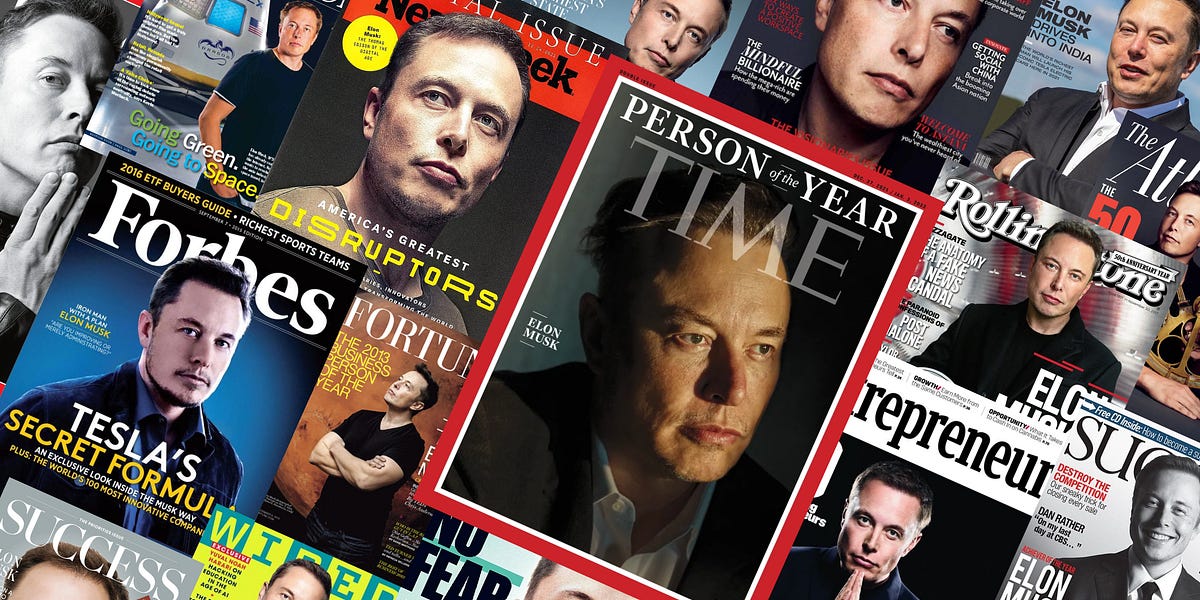
Little had changed by December, when the Times published a piece questioning whether Musk was really a conservative. More recently, reporting revealed he’d already donated $50 million to a group associated with Stephen Miller to push right-wing perspectives on immigration and trans rights by that point. Musk had abandoned his media hangers-on because he didn’t need them any longer, but they were reluctant to let go of the myth they’d spent so many years creating.
The worst is yet to come
Not only has journalistic scrutiny on Musk increased, but so has the readiness of regulatory agencies to start to address the rule breaking and labor abuse he’s gotten away with for so long. Unfortunately, it seems to have been too little, too late. Musk put his efforts behind Trump not just because they’re politically aligned and a Trump presidency is clearly in a billionaire’s interest, but also to make those regulatory troubles go away.
Earlier this year, SpaceX filed a lawsuit claiming the National Labor Relations Board is unconstitutional, threatening to wipe out a foundational piece of labor rights in the United States. Musk is already trying to direct lawsuits he faces to a federal court in Texas with a conservative district judge who owns shares in Tesla. Now, as part of an incoming Trump administration, he’ll have unprecedented leverage to ensure key regulatory agencies investigating issues like Tesla’s Autopilot software or SpaceX’s environmental breaches in southern Texas are defanged so he can do what he wants.
The power Musk wields was not inevitable. There were many opportunities along the way to expose who he was and to hold his companies accountable for breaking rules and making fraudulent promises. Indeed, some people tried. But time and again, far too many journalists at mainstream publications decided those aspects of his career didn’t belong in the accepted narrative about his brilliance and lawmakers chose to look the other way in the hope he would boost economic prospects and provide them electoral gains. Now the United States — and the world — have to live with the consequences of those decisions, and the people responsible for them should be held to account.
If you thought we were already living in a tech dystopia these past few years, it’s time to buckle up. You haven’t seen anything yet.
Disconnect has never shied away from the truth about the politics of tech.
Now that Trump is headed back to the White House on a wave of Silicon Valley cash, critical perspectives like these are going to be more necessary than ever.
Support Paris Marx’s work by becoming a paid subscriber to Disconnect today.







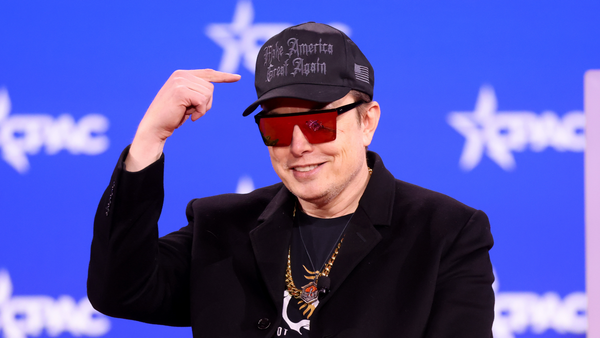
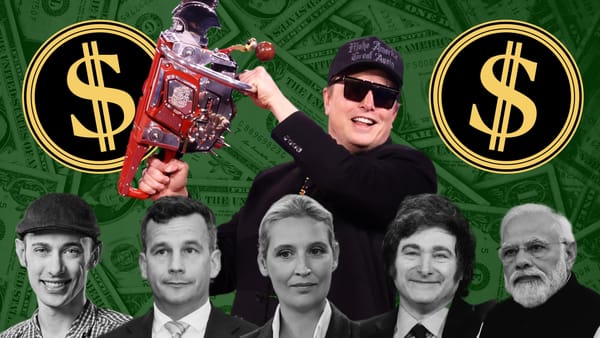
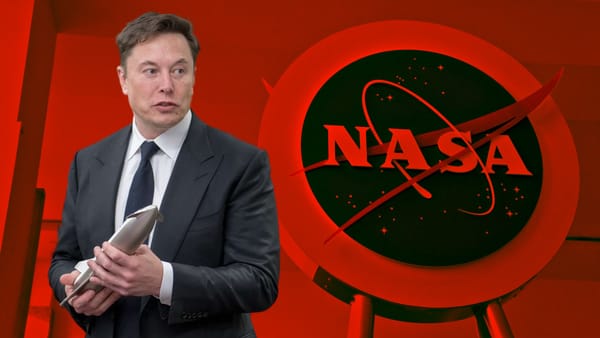
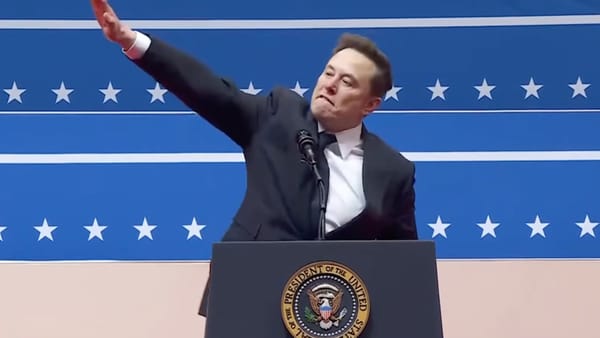

Member discussion